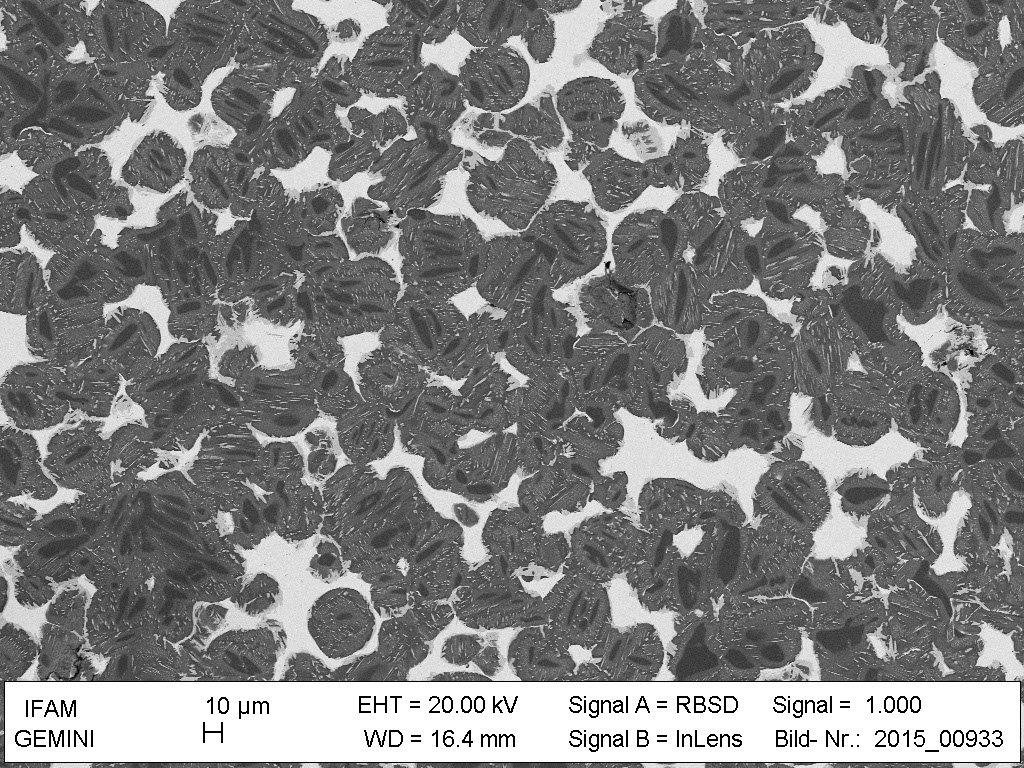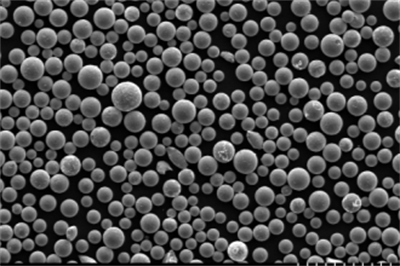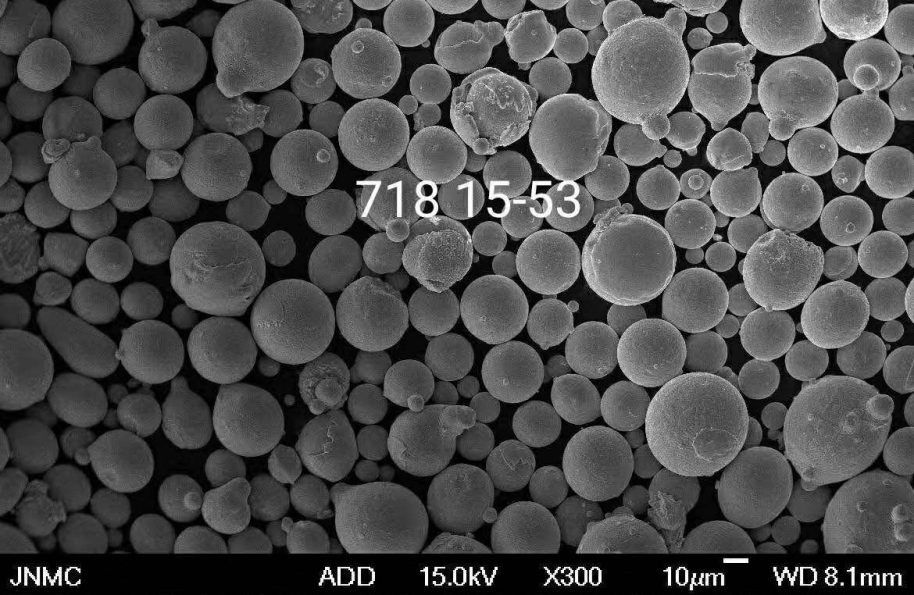Introduction
What is stainless steel filament?
Stainless steel filament is a type of filament used in 3D printing that is composed of stainless steel particles mixed with a thermoplastic binder. It offers several benefits over traditional filaments, such as increased strength, durability, and resistance to corrosion. This makes stainless steel filament a popular choice for applications that require high-quality, metal-like prints. With its ability to create intricate designs and withstand harsh environments, stainless steel filament is revolutionizing the world of 3D printing.
History of stainless steel filament
Stainless steel filament has a rich history in the field of 3D printing. It was first introduced as a viable material for additive manufacturing in the early 2010s. Since then, it has gained popularity due to its unique properties and numerous benefits. The history of stainless steel filament can be traced back to the development of metal 3D printing technologies. As advancements were made in the field, stainless steel filament emerged as a reliable and versatile option for creating durable and high-quality prints. Today, it is widely used in various industries, including aerospace, automotive, and engineering, where strength, corrosion resistance, and aesthetic appeal are crucial. The history of stainless steel filament showcases the continuous innovation and evolution of 3D printing materials, paving the way for new possibilities in manufacturing.
Importance of stainless steel filament in 3D printing
Stainless steel filament plays a crucial role in the field of 3D printing due to its numerous benefits and advantages. One of the key reasons for its importance is its exceptional strength and durability, making it suitable for a wide range of applications. Stainless steel filament also offers excellent corrosion resistance, ensuring that the printed objects can withstand harsh environments and maintain their integrity over time. Additionally, stainless steel filament provides high heat resistance, allowing for the creation of functional and robust parts that can withstand elevated temperatures. Furthermore, the versatility of stainless steel filament allows for the production of complex and intricate designs with ease. Overall, the use of stainless steel filament in 3D printing is of utmost importance as it enables the creation of strong, durable, corrosion-resistant, and high-temperature resistant objects for various industries and applications.
Properties of Stainless Steel Filament

Strength and durability
When it comes to strength and durability, stainless steel filaments for 3D printing are unmatched. The unique properties of stainless steel, such as its high tensile strength and resistance to corrosion, make it an ideal choice for producing strong and durable 3D printed objects. Whether you are creating functional prototypes or end-use parts, stainless steel filaments provide the necessary strength and durability to ensure the longevity and reliability of your prints. Additionally, stainless steel filaments offer excellent heat resistance, making them suitable for applications that require high temperatures. With stainless steel filaments, you can confidently produce robust and long-lasting 3D printed objects.
Corrosion resistance
Stainless steel filaments for 3D printing offer exceptional corrosion resistance, making them an ideal choice for various applications. The high chromium content in stainless steel provides a protective layer that prevents the material from rusting or corroding, even in harsh environments. This corrosion resistance ensures that 3D printed objects can withstand exposure to moisture, chemicals, and other corrosive elements, making them suitable for both indoor and outdoor use. Whether it’s creating functional prototypes or producing end-use parts, stainless steel filaments offer the durability and longevity required for reliable 3D printed objects.
Heat resistance
Stainless steel filaments for 3D printing offer excellent heat resistance, making them ideal for applications that require high-temperature resistance. These filaments can withstand temperatures up to [insert temperature range] without deforming or losing their structural integrity. This heat resistance makes stainless steel filaments suitable for a wide range of industries, including aerospace, automotive, and manufacturing. Whether it’s creating heat-resistant prototypes or functional parts that need to withstand extreme temperatures, stainless steel filaments provide the durability and reliability needed for these demanding applications.
Applications of Stainless Steel Filament in 3D Printing

Prototyping
Prototyping is a crucial step in the 3D printing process, and stainless steel filaments offer numerous benefits for this stage. One of the main advantages is the durability and strength of stainless steel, which makes it ideal for creating prototypes that can withstand rigorous testing and evaluation. Additionally, stainless steel filaments provide excellent dimensional accuracy, ensuring that the prototypes accurately represent the final product. Moreover, stainless steel is resistant to corrosion, making it suitable for prototyping parts that will be exposed to harsh environments. Overall, the use of stainless steel filaments in prototyping enhances the quality and reliability of the 3D printed prototypes.
Functional parts production
Functional parts production is one of the key applications of stainless steel filaments in 3D printing. With their high strength and durability, stainless steel filaments enable the production of functional parts that can withstand demanding environments and heavy usage. These filaments offer excellent corrosion resistance, making them suitable for applications in industries such as aerospace, automotive, and medical. Additionally, stainless steel filaments provide the flexibility to create complex geometries and intricate designs, allowing for the production of customized parts with precise specifications. Overall, the use of stainless steel filaments in functional parts production revolutionizes the capabilities of 3D printing technology, opening up new possibilities for various industries.
Jewelry and fashion accessories
Stainless steel filaments have revolutionized the world of jewelry and fashion accessories in the realm of 3D printing. With their exceptional strength, durability, and corrosion resistance, stainless steel filaments offer endless possibilities for creating intricate and unique designs. From delicate earrings to statement necklaces, these filaments allow designers to bring their imagination to life. Moreover, stainless steel is hypoallergenic, making it an ideal choice for individuals with sensitive skin. The versatility of stainless steel filaments has opened up new avenues for creativity in the jewelry and fashion industry, allowing designers to push the boundaries of what is possible.
Advantages of Using Stainless Steel Filament

Cost-effectiveness
Stainless steel filaments for 3D printing offer a significant advantage when it comes to cost-effectiveness. Unlike traditional manufacturing methods that require expensive molds or tooling, 3D printing with stainless steel filaments eliminates the need for these additional costs. This makes it a more affordable option for producing complex and customized parts. Additionally, stainless steel is a durable material that can withstand harsh environments and has excellent corrosion resistance. This means that parts printed with stainless steel filaments have a longer lifespan, reducing the need for frequent replacements and further contributing to cost savings. Overall, the use of stainless steel filaments for 3D printing provides a cost-effective solution for manufacturing high-quality and long-lasting components.
Design flexibility
Design flexibility is one of the key advantages of using stainless steel filaments for 3D printing. With stainless steel, designers have the freedom to create intricate and complex shapes that would be difficult to achieve with traditional manufacturing methods. The material’s high strength and durability allow for the production of lightweight yet sturdy components, making it ideal for applications in industries such as aerospace, automotive, and medical. Additionally, stainless steel filaments offer excellent corrosion resistance, ensuring the longevity and reliability of the printed parts. Whether it’s for prototyping or end-use production, stainless steel filaments provide designers with the flexibility to bring their innovative ideas to life.
High-quality prints
Stainless steel filaments for 3D printing offer numerous benefits, especially when it comes to producing high-quality prints. The use of stainless steel ensures that the final product is strong, durable, and resistant to corrosion, making it suitable for a wide range of applications. Additionally, stainless steel filaments provide excellent detail and precision, allowing for intricate designs and complex geometries to be accurately reproduced. With their high-quality finish, stainless steel prints are ideal for functional prototypes, jewelry, and other applications where aesthetics and durability are essential. Overall, the use of stainless steel filaments in 3D printing enables the creation of high-quality prints that meet the demands of various industries and applications.
Challenges and Limitations of Stainless Steel Filament

Printability issues
Printability issues are a common concern when it comes to 3D printing with stainless steel filaments. Due to the high melting point and thermal conductivity of stainless steel, it can be challenging to achieve optimal printing conditions. The filament tends to warp and shrink during the printing process, leading to distorted or failed prints. Additionally, the abrasive nature of stainless steel can cause wear and tear on the printer nozzle, resulting in clogging and reduced print quality. However, with proper adjustments to printing parameters and the use of specialized nozzles, these printability issues can be mitigated. It is important for users to experiment with different settings and techniques to optimize the printing process and achieve successful prints with stainless steel filaments.
Post-processing requirements
Post-processing requirements are an essential consideration when using stainless steel filaments for 3D printing. While stainless steel is known for its durability and corrosion resistance, it requires additional steps to achieve the desired finish and properties. After printing, the stainless steel parts need to go through various post-processing techniques such as polishing, sanding, or tumbling to remove any rough edges or surface imperfections. Additionally, heat treatment may be necessary to enhance the strength and hardness of the printed parts. These post-processing requirements ensure that the final stainless steel 3D printed objects meet the desired specifications and are ready for use in various applications, ranging from industrial prototypes to functional end-use parts.
Limited availability
Limited availability of stainless steel filaments for 3D printing has been a challenge for many manufacturers and enthusiasts. While there are numerous benefits to using stainless steel filaments, such as their durability, corrosion resistance, and high strength, their availability in the market is still limited. This can be attributed to the complex manufacturing process and the high cost associated with producing stainless steel filaments. As a result, only a few companies specialize in manufacturing and distributing these filaments, making them relatively harder to find compared to other types of filaments. However, with the growing demand for stainless steel filaments in various industries, it is expected that their availability will increase in the future, providing more options for 3D printing enthusiasts and professionals.
Future Developments and Innovations in Stainless Steel Filament

Improved printability
Improved printability is one of the key advantages of using stainless steel filaments for 3D printing. These filaments are known for their excellent flow properties, which result in smoother and more accurate prints. The high viscosity of stainless steel filaments allows for better control over the deposition process, reducing the risk of clogging or nozzle jamming. Additionally, the high temperature resistance of stainless steel makes it suitable for printing complex and intricate designs without compromising the structural integrity of the final product. Overall, stainless steel filaments offer improved printability, enabling users to achieve high-quality and reliable 3D prints.
Expanded material options
Expanded material options in 3D printing have opened up new possibilities for creating complex and functional objects. One such material that has gained popularity is stainless steel filament. Stainless steel filaments offer several benefits over traditional plastic filaments, making them a preferred choice for many 3D printing enthusiasts. The use of stainless steel filaments allows for the creation of durable and strong prints that can withstand high temperatures and harsh environments. Additionally, stainless steel prints have a unique metallic finish, adding a touch of elegance to the final product. With the availability of stainless steel filaments, designers and engineers can now explore a wider range of applications, including automotive parts, jewelry, and industrial prototypes. Overall, the introduction of stainless steel filaments has revolutionized the world of 3D printing, providing users with enhanced material options and endless possibilities.
Enhanced surface finish
Enhanced surface finish is one of the key advantages of using stainless steel filaments for 3D printing. Unlike traditional filaments, stainless steel filaments offer a smoother and more refined surface texture, resulting in a higher-quality end product. This enhanced surface finish is especially beneficial for applications that require a polished appearance or precise detailing. Whether it’s creating intricate jewelry designs or functional mechanical parts, stainless steel filaments can deliver a superior surface finish that meets the highest standards of quality and aesthetics.





